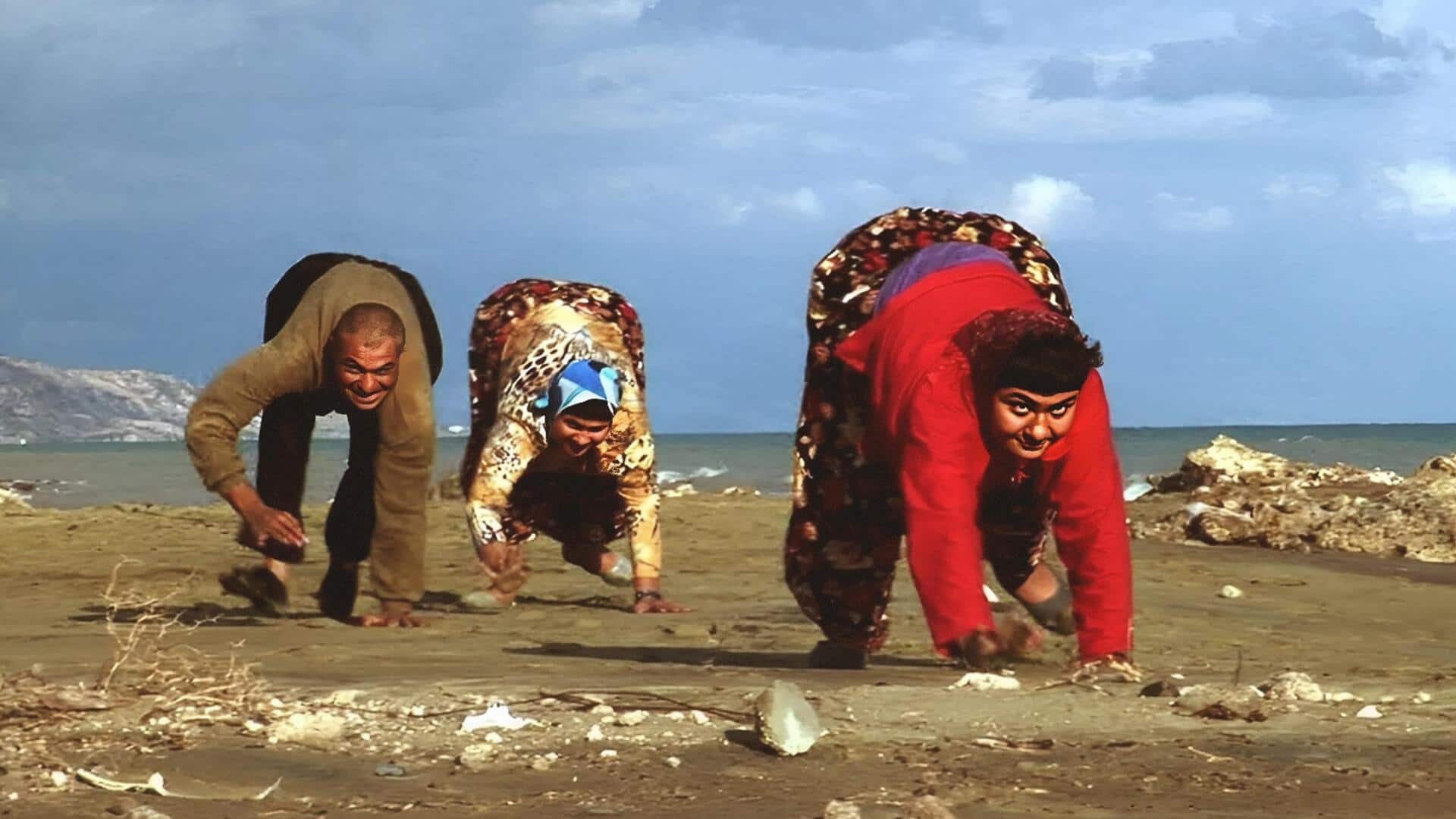
Family in Turkey defies evolutionary norms, walk on all fours
What's the story
In a remote part of Turkey, the Ulas family has intrigued scientists with their distinctive behavior that challenges our understanding of human evolution. Members of this family walk on all fours, a trait rarely seen in adults. This was showcased in a 2006 BBC documentary The Family That Walks on All Fours, where they were seen moving in a manner resembling a "bear crawl."
Revelations
This unique trait has existed from birth
A scientific paper has been released, providing information about the family. This unique trait has existed from birth among the five siblings - four sisters and one brother. This situation prompts significant inquiries into the evolution from walking on four limbs to adopting a two-legged stance. The addition of a sixth member with the same trait further underscores the mysterious nature of this phenomenon.
Amazement
The scientific community is baffled
Professor Humphrey, academic from the London School of Economics (LSE), expressed the scientific community's amazement. He recognized the concept of humans regressing into an animal-like condition as surpassing even the most imaginative scientific notions. He emphasized that our ability to stand on two legs sets us apart from other species, an important aspect of how we see ourselves as distinct from the animal world.
Conundrum
The evolutionary conundrum
Expanding on this, Professor Humphrey further explained that although attributes like language and cognitive abilities contribute to human distinctiveness, our fundamental trait of bipedal locomotion is what truly sets us apart from the rest of the animal world. The Ulas family's unconventional behavior challenges this distinction, urging scientists to reevaluate the intricate story of our evolutionary past.
Apes
Their skeletons exhibited startling resemblances to apes
Researchers from Liverpool University delved into the anatomical peculiarities of the family, providing deeper insights into their intriguing condition. Their skeletons exhibited startling resemblances to apes, a revelation that raises questions about the genetic underpinnings and developmental factors contributing to their unique locomotion. Furthermore, a shrunken cerebellum was noted among the family members, adding another layer of complexity to this mystery.
Hope
A physiotherapist intervened
Even though the family had a unique way of walking, modern medical techniques provided a ray of hope. A physiotherapist, using specialized tools, undertook the task of helping the family members shift from their four-legged movement to the more common two-legged stance. Surprisingly, this effort resulted in significant enhancements in their ability to move, showcasing how adaptable human mobility can truly be.